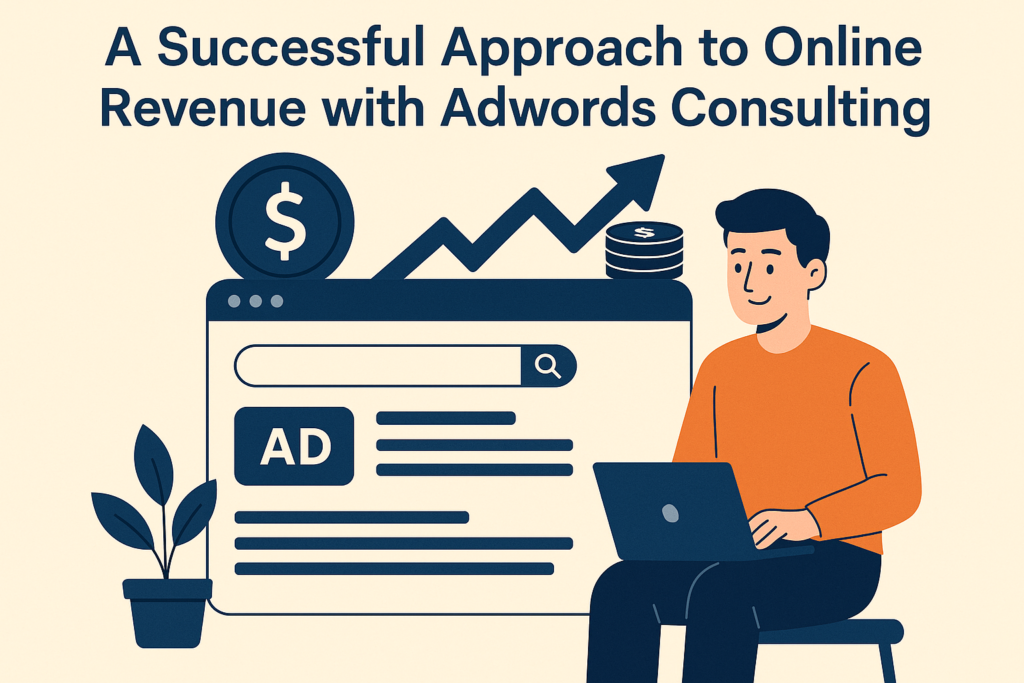
With the dispatch of Google’s AMP project, the discussion over website page loading time appears to have obtained another ground out and out. Everybody seems to be in a rankling furor to enhance their site and diminish page load time. However, for what reason should think about it? Since page load time chooses whether a visitor to your site will investigate further or part their ways. Indeed, over 83% visitors expect a website page to load in 3 seconds or less and over 40% visitors relinquish a site page if it takes over 3 seconds to load.
Notwithstanding missing out onsite visits and traffic, your ROI and changes likewise go for a hurl if the page doesn’t render well. A slower page load time additionally hampers the SEO, User experience and brand image of your best website designing company. Keep in mind, faster page load time not just fulfills your clients, it diminishes your bounce rate, and improves your changes complex.
What is page speed?
Page speed can be depicted in either “page load time” (the time it takes to completely show the content on a particular page) or “time to first byte” (to what extent it takes for your browser to get the main byte of data from the webserver).
Ways to optimize your website to enhance website loading speed
- Minimize the HTTP Requests
HTTP (Hypertext Transfer Protocol) Requests are checked at whatever point a browser brings a page, file, or picture from a web server. As indicated by Yahoo, these requests will, in general, take up about 80% of a Webpage’s load time. The program additionally breaking points requests between 4-8 synchronous associations for every area which means loading 30+ resources immediately isn’t an alternative. This implies the more HTTP request you have to load, the more it takes for the page to proceed to recover them all, expanding your page’s load time.
While it appears to restrict your pages designs by keeping them basic, there are a few strategies you can use to diminish HTTP solicitations to alleviate your program.
- Consolidating CSS/JS Files – Rather than compelling the program to recover various CSS or Javascript files to load, try joining your CSS documents into one bigger document (same for JS).
- Use inquiries to possibly load what’s required – If you find that you just need to stack certain pictures on work area or need to run a particular content on portable just, utilizing contingent statements to load them can be an extraordinary method to expanding speed.
- Lessen the quantity of pictures you use – If you discover a portion of your pages are decently picture substantial, try evacuating a few, particularly if their record sizes are enormous.
- CSS Sprites – When pertinent, joining pictures you use on a regular basis over your site into one sprite sheet and getting to the pictures utilizing CSS foundation picture and foundation position keeps your program from always attempting to recover a few pictures each time certain pages on your site loads.
- Use CDNs and remove unused files or scripts
More than likely, a considerable lot of your clients won’t be in close to your web server. Diminishing this separation by spreading your content over an assortment of geologically scattered servers simply is definitely not a reasonable alternative, and will a piece too confused to even consider implementing. This is the place a content delivery network (CDN) comes in. A CDN is a collection of web servers appropriated over numerous areas so the substance can be all the more productively delivered to clients. CDNs are regularly utilized for static content or documents that do should be contacted once transferred. Servers are chosen dependent on the client’s proportion of network proximity. For instance, the server with the quickest reaction time and additionally least network bounces is picked.
- Browser caching
Browser caching enables resources on your site to be downloaded to your hard drive once into a reserve, or a temporary storage space. Those documents are currently stored locally on your framework, which permits ensuing page loads to increment in speed. at the point when clients visit, you have to make it so the primary page they see load rapidly enough so they will definitely proceed through the remainder of your site (with significantly quicker burden times). Static resources have a reserved lifetime of seven days, while third-party things, for example, devices or advertisements just most recent daily. CSS, JS, and pictures, and media files ought to have expirations of one week, yet in a perfect world, one year, as any more extended will violet RFC rules.
- Compress the images and optimize the files
Pictures presently take up 60% of the normal bytes loaded per page, around 1504KB. When contrasted with different pages resources, for example, scripts (399KB), CSS (45KB), and video (294KB), images take up a significant enormous measure of HTTP requests sent. Expel any pictures of assets you trust you needn’t bother with. This incorporates libraries of icons you just utilize two of, those additional three font styles you figured you may utilize yet didn’t, and pictures that perhaps could be recreated with CSS, (for example, hued foundations or gradients).
After you get out those advantages, investigate the pictures you have over your site and look at their sizes. Usually, numerous individuals will in general download pictures from stock picture sites and transfer them to their server and use them while never trying to enhance them for the web.
With regards to what file extensions you should use for what, utilize this as a fundamental recipe:
- SVG is appropriate for vector pictures you need to get a high measure of detail in.
- Certain symbols can use font style libraries, for example, FontAwesome to render certain graphics as opposed to sparing out individual pictures.
- PNG ought to be utilized for pictures you need a straightforward foundation behind, for example, around picture of an individual or Facebook’s ‘F’ logo.
- JPG is best for photos or anything where fine detail is less significant.
While pictures will, in any case, take up most of your HTTP demands, upgrading them and your different resources will at last hold the measures of them down and increment your site’s general execution.
